10 Interesting Facts About Horses You Probably Didn’t Know
Horses have been our companions for thousands of years, but there’s much more to these animals than meets the eye. Some of their quirks might even surprise you! These little-known facts will change how you see horses and deepen your appreciation for their incredible abilities.
360-Degree Vision
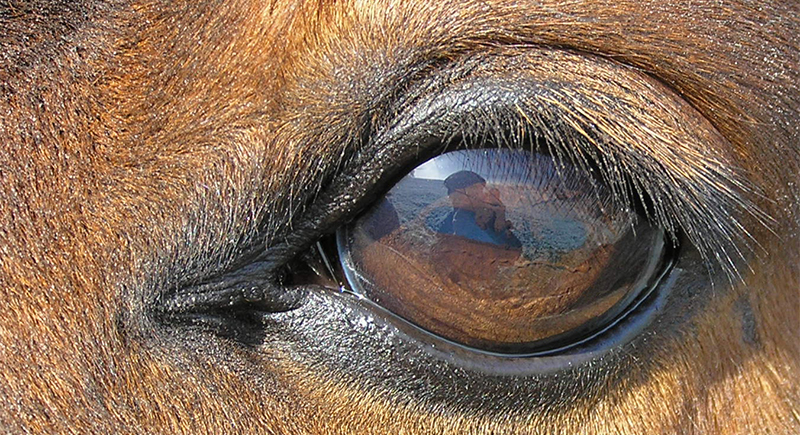
Credit: Wikimedia Commons
A horse’s eyes are among the largest of any land mammal, and their placement gives them an almost 360-degree field of view. This wide-angle vision helps them spot predators from nearly every direction, except for two blind spots: directly in front of their nose and right behind their tail. That’s why sudden movements in these areas can startle them.
Has Exceptional Memory
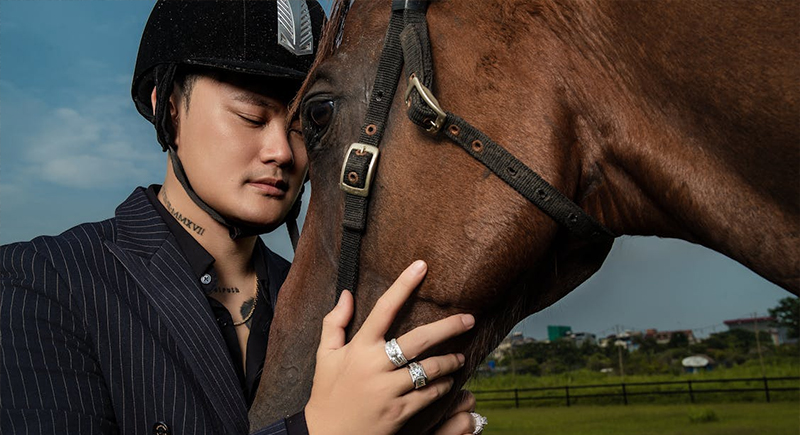
Credit: pexels
If you think elephants never forget, horses might give them a run for their money. They remember people, places, and even training techniques for years. This ability is why they bond so deeply with humans, and trust is everything in horse training.
Highly Social Animals
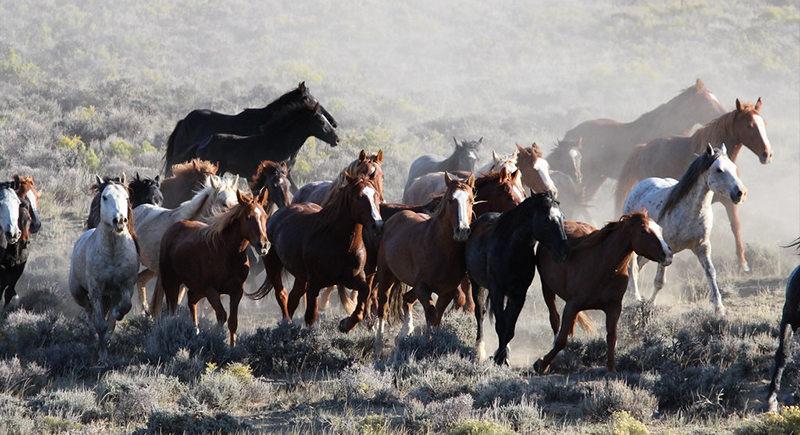
Credit: flickr
Horses rely on strong social bonds. In the wild, they form herds with well-defined roles, and in domestic settings, they quickly bond with others. They also mourn lost companions and exhibit distress if separated from a close friend. Leave one alone for too long, and they might start feeling depressed or anxious.
Integral To Human Civilization

Credit: flickr
Horses have been our transportation, warfare, farming, and sports partners for thousands of years. Without them, the world would look very different: a history without knights, cowboys, or the Pony Express. These animals have helped expand empires, connect distant lands, and even played a role in the Industrial Revolution before machines took over.
Communicate Using Body Language
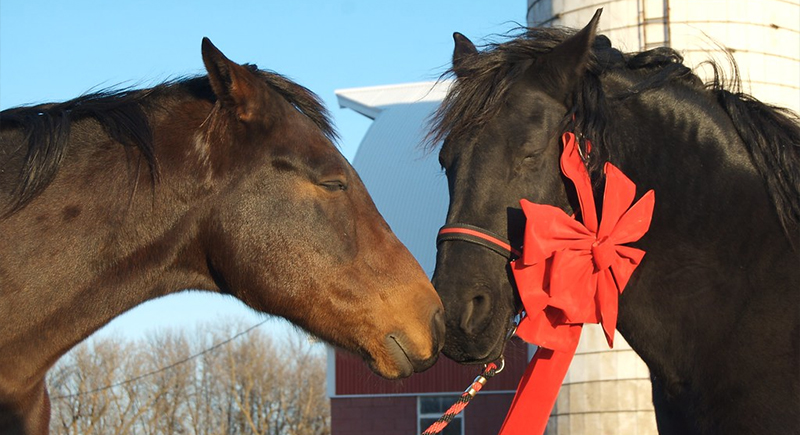
Credit: flickr
Like many other animals, horses use movement to “talk” to each other, such as nudging with their noses, pawing at the ground, or even playfully nipping. They can even read human facial expressions and respond accordingly. So, if you approach a horse with a big smile, chances are they’ll pick up on your positive vibes.
Unique Sleeping Habits

Credit: Wikimedia Commons
Horses have mastered the art of napping while standing. They can snooze without collapsing due to a unique locking mechanism in their legs, an evolutionary advantage that keeps them ready to bolt from danger. Interestingly, they prefer to sleep in groups, with at least one standing “on guard” while others rest.
Sensitive Skin
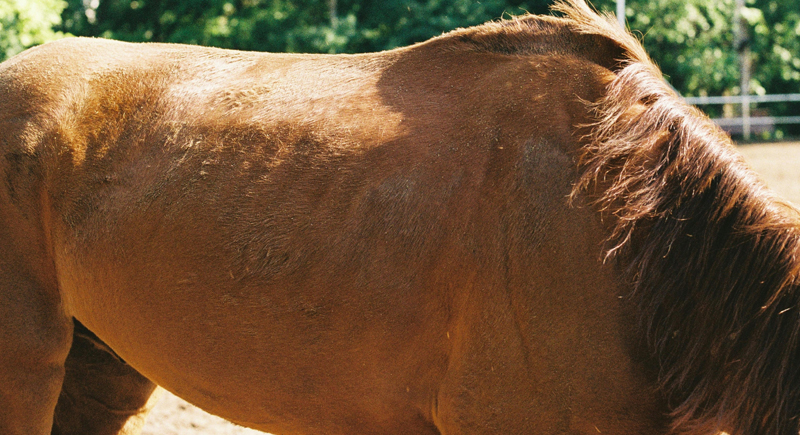
Credit: pexels
They may be big and strong, but horses’ skins are surprisingly delicate. They can feel the tiniest fly landing on their coat, and some even react dramatically to certain fabrics, grooming tools, or saddle materials. This hypersensitivity is why a light touch can be more effective than force when handling them.
Genetic Advancements
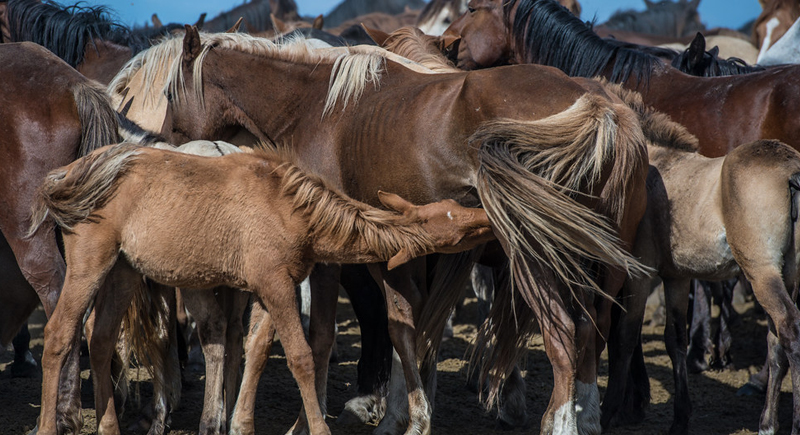
Credit: flickr
Centuries of selective breeding have shaped the horse breeds we know today. However, modern genetic research reveals even more about what makes horses tick. They have identified genes linked to speed, endurance, and even coat color. It’s also believed that some horse breeds are naturally predisposed to being more social or independent.
Desert Adaptations
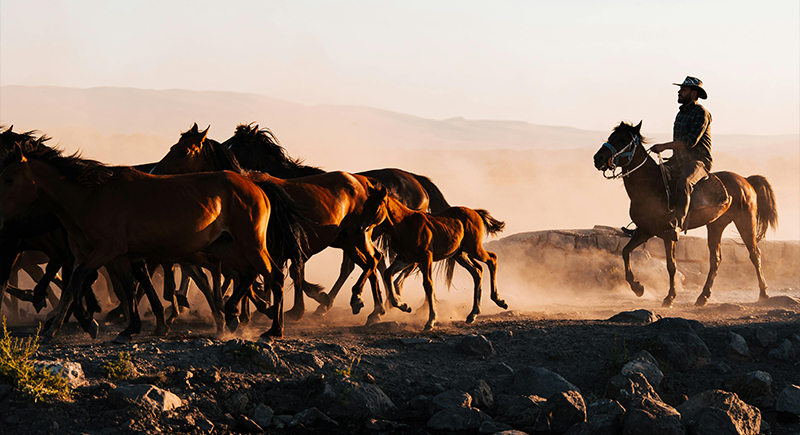
Credit: pexels
Horses may not be the first animals that come to mind when considering desert survival, but certain breeds, like the Arabian, are built for it. Their large nostrils help cool incoming air, and their compact bodies reduce heat retention. Unlike humans, horses can also go long without drinking water, as they’ve evolved to store hydration efficiently.
Therapeutic Riding
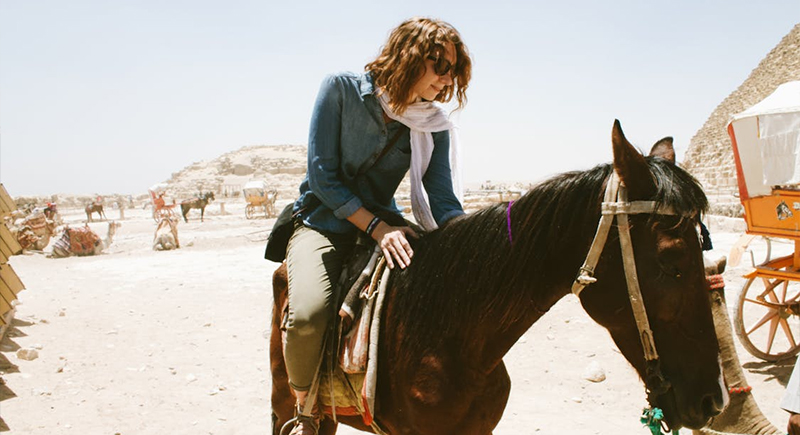
Credit: pexels
Therapeutic riding programs help people with physical, emotional, and cognitive challenges develop strength, confidence, and coordination. Riding’s rhythmic motion mimics human walking which is especially effective for individuals with mobility issues. Interacting with horses even lowers stress and anxiety.
Unique Digestive System
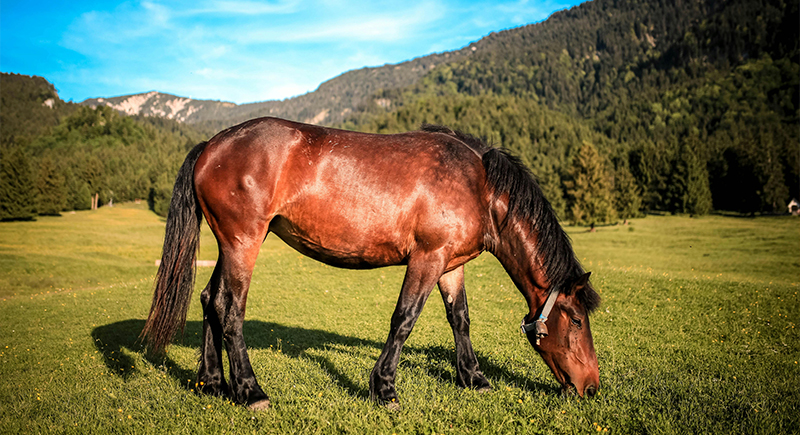
Credit: pexels
Horses have a one-way digestive system, meaning they can’t vomit. Their stomachs are also relatively small compared to their body size, so they graze throughout the day instead of eating large meals. That’s why changes in diet must be gradual and why they’re so particular about their food.
Speedy Sprinters

Credit: Wikimedia Commons
Winning Brew, a Thoroughbred mare, holds the Guinness World Record for the fastest race speed after hitting 43.97 mph in 2008. But if we’re talking raw acceleration, Quarter Horses can run up to 55 mph.Their powerful hindquarters give them an explosive takeoff.
Can See Colors
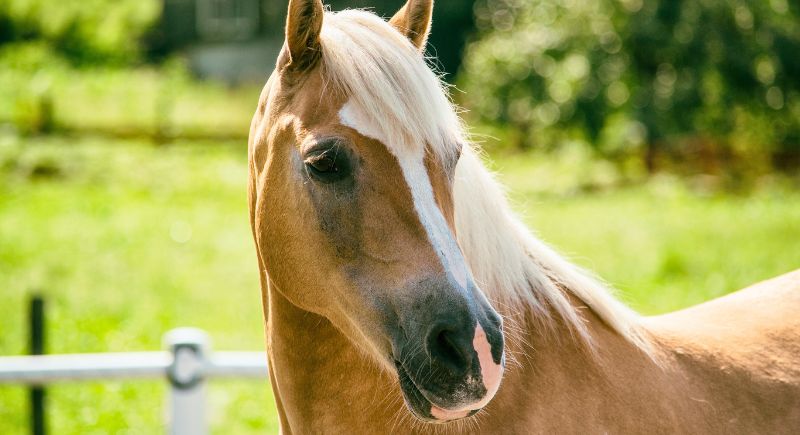
Credit: pixabay
For years, people thought horses were colorblind, but history proves otherwise. Horses see a world similar to red-green colorblindness in humans, meaning they can distinguish blues and yellows but struggle with reds and greens. Their vision is designed to detect movement more than fine details.
Has Long Lifespan
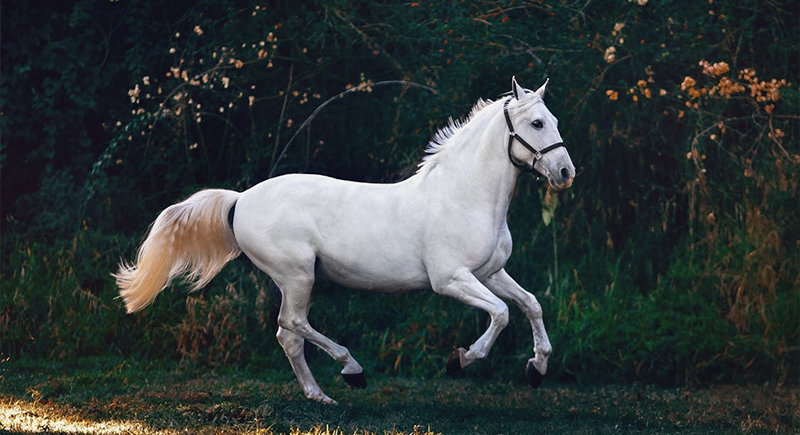
Credit: pexels
Horses typically live between 25-30 years, but some defy the odds. The oldest recorded horse, Old Billy, lived to be 62! Advances in veterinary care, improved nutrition, and proper management have helped horses live longer, healthier lives. Some ponies and smaller breeds even push past 40 with the appropriate care.
Teeth Reveal Age
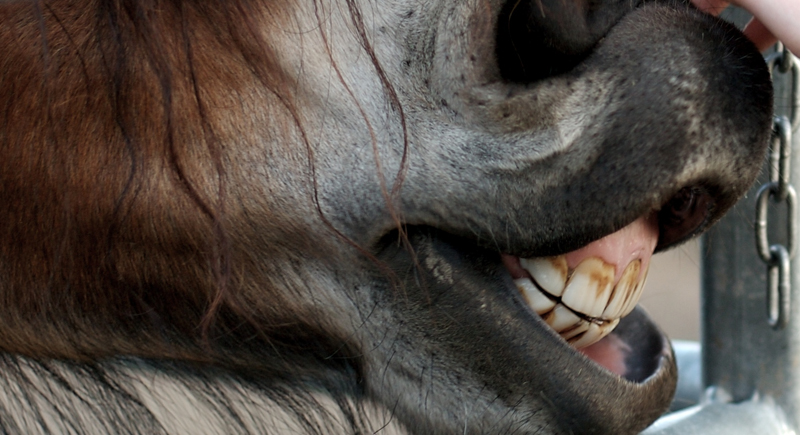
Credit: Wikimedia Commons
A horse’s teeth serve as a built-in age indicator. By looking at wear patterns and the angle of the incisors, equine dentists can estimate a horse’s age with surprising accuracy. However, this method becomes less reliable by the time they hit their 20s. Either way, good dental care is essential.